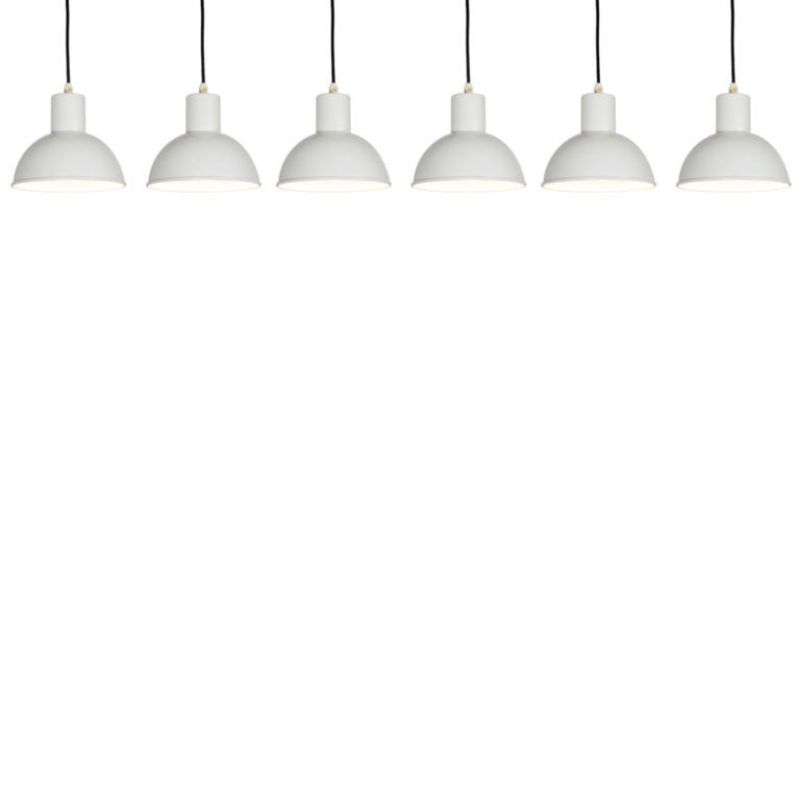I love this thought!
Can you guess who said this?
"You have the foundation, there for you build a building.
You don't know what to do with the building, you invent a function for it, And it's not the other way around! NOTHING TO DO WITH FUCTIONALISM.
Some day I will beat that into the heads of the Architects, but that is going to take another century or so"
I'm guessing Sullivan, Mies,...
I'm guessing Sullivan, Mies, Corbu, or Johnson but if this is a trick question, then the answer is Wright, kind of in a way that is akin to Dylan answering that reporter's question so many years ago as to whether or not he was a poet primarily or a folksinger by saying that he considered himself to be more of a song and dance man.
Philip Johnson is correct!
You guys are good!
I was so taken by his appearance on the Ovation channel last month I had to post.
The title of episode was "Eccentric Architect".
If you missed, it covered his personal tour of his 40 acre Connecticut Estate along with some personal views on design and architecture.
Boy was he onto something!
Thanks for playing along.
Although it might ....
....come as a surprise to hear such nonsense from a famous, talented and eccentric architect, it is not completely out of line with his post-modern period.
Architecture in general has a long tradition in carving it?s own history at a safe yet egocentric distance from mainstream history. It does so, and can continue to do so because by it?s nature it escapes elegantly most democratic influences. I have argued before that architecture can, at least to a large extend, develop outside mainstream culture because it takes very few people in authority to decide if a building will be build or not. Basically the collaboration between a developer, a builder and an architect is enough to finance, design and build any building. Building codes etc. put some limits to safety and other basic requirements, but inside these minor restrictions one can build almost anything a paying client wants and an architect dreams up. Traditionally product designers are closer to the mainstream because, also by the very nature of their activity they have to seek approval for their products one consumer at the time. Although this has always been a rewarding way of contributing to society?s progress, more recently more and more designers seem to be nostalgic and put a lot of effort into restoring a lost elitist position. A new and numerous generation of designers evolves toward seeing design as something that serves them rather than them as designers serving the users. This tendency has taken a number of forms. The most obvious one is to design products without any other program than to please oneself. The results are a prototype like production that fails to address any particular need or function other than doing something to please oneself. The satisfaction seems to reside in being widely published. The words of Ettore Sotsass apply (I think) There is nothing wrong with masturbating freely, but think before you make children.
I wonder
what the Designer must think of the Artist. . .
To start at the top, the Johnson quote was surely spoken in some context or other -- i.e., in response to a particular work, or to a question from an interviewer. It is hardly sufficient to discuss it as if it was the sum total of the architect's philosophy.
That said, we all must know why we think it likely of this particular man: while he functioned as a sort of Court Jester to the fellowship of modernist architects, he simultaneously filled the dual role of architectural Aristocrat/Artist, though both roles were perhaps more self-bestowed than born-and-bred.
He may have come as close as any, in his period, of producing architecture-as-art -- when he wasn't assisting partners in the construction of architecture-for-business. The Johnson residential compound is his personal menagerie, but other work (the houses, the galleries, a synagogue and a chapel or two) are also High Architecture, aren't they -- American echoes of artistic architecture found in Paris, at Venice, in Barcelona or at Ronchamp ?
Of course architecture is one of the functional arts -- perhaps the principal one -- but, if only ten percent (or is it five) of buildings are the work of architects, can't a small percentage of *them* exhibit a frivolous tendency toward dis-function -- or at least function subservient to artistic ambition ?
If you need any help, please contact us at – info@designaddict.com









